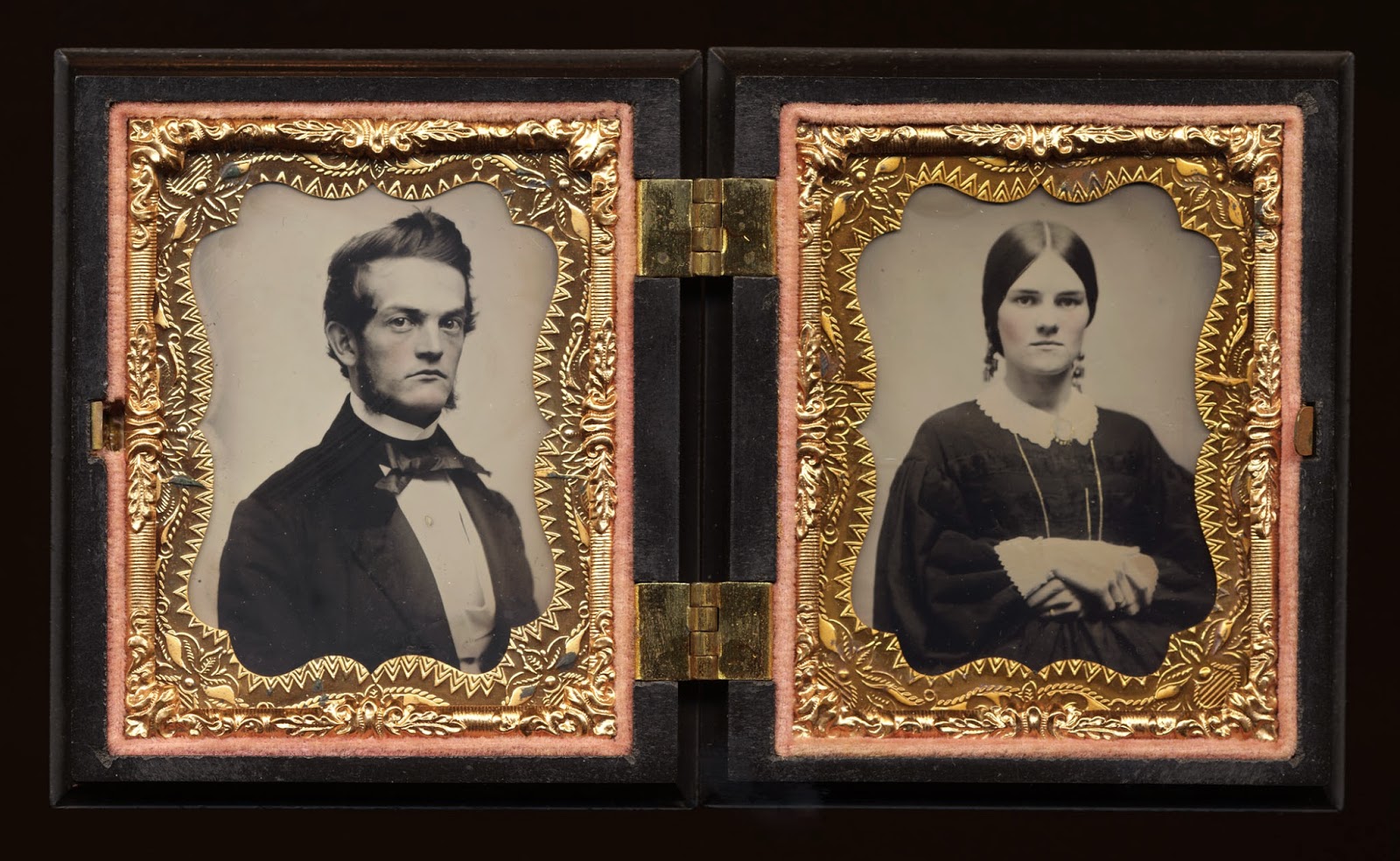Sophie Guthrie, born in 1882 and pregnant at the turn of the century, lived twenty-five miles from Big Timber, Montana, and successfully delivered seven babies at home. With her last child, she labored through the night with only her husband assisting, and delivered the baby by herself. Remoteness, harsh weather, poverty, and cultural taboos against openly discussing pregnancy made childbirth unusually hazardous in Montana.
 |
| Jennifer Hill is researching the history of childbirth practices in Montana at the MHS Research Center. (Photo by Tom Ferris) |
With assistance through a James H. Bradley Fellowship from the Montana Historical Society, Jennifer will be spending much of her summer at the MHS Research Center unearthing this history from comments in letters and diaries, hints in newspaper articles, frank discussions in oral histories, and statistics reported to the county.
Through such various Research Center materials as state government records and reports, records of women’s organizations, and the letters and diaries of Montana women, Jennifer will reconstruct the history of childbirth practices in Montana from territorial days through the homestead era.
Jennifer says that she “is thrilled to be spending part of her summer as a Bradley Fellow at the Montana Historical Society.” Jennifer’s research focuses on reproductive history, women in the American west, and museology. When she’s not researching, teaching, or writing, she loves to eat great food, run gorgeous Montana trails, and keep her hands in the dirt.
Each year the MHS Research Center awards two James H. Bradley Fellowships for research on under-studied areas of Montana history. For more information on this and other fellowship opportunities, visit our website.
To learn more about childbirth and maternal health in early-twentieth century Montana, visit the Women’s History Matters website.


